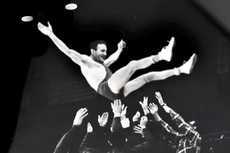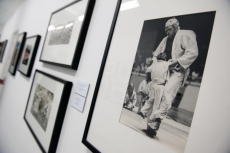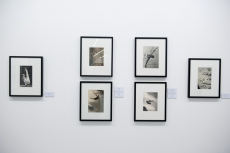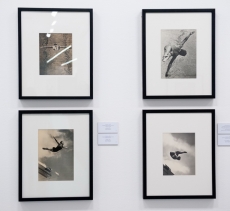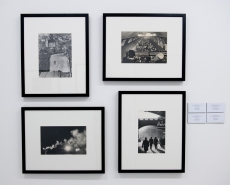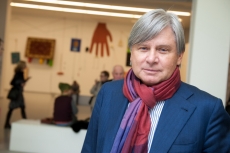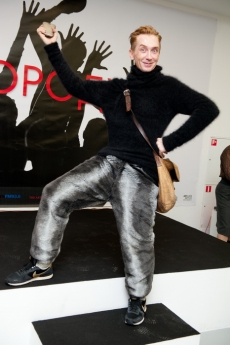Retrospective

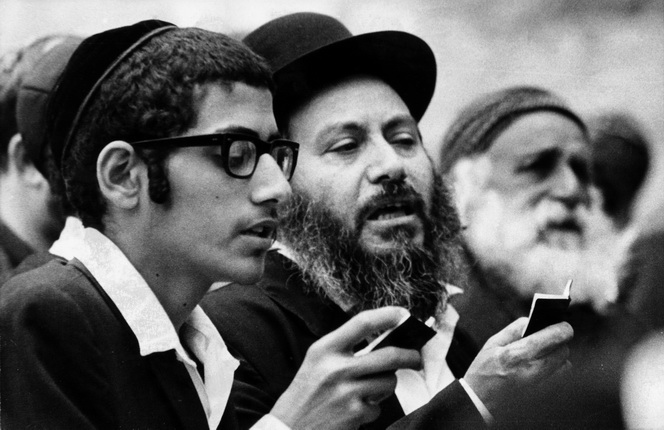
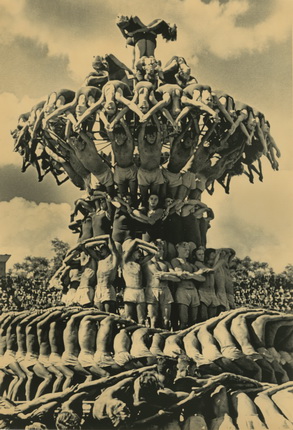

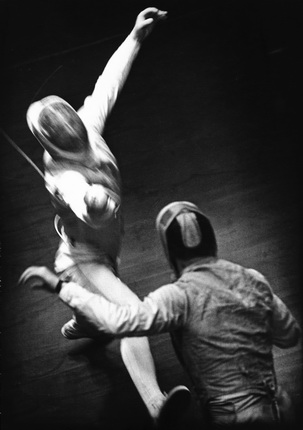
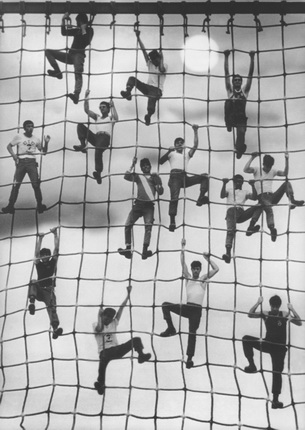
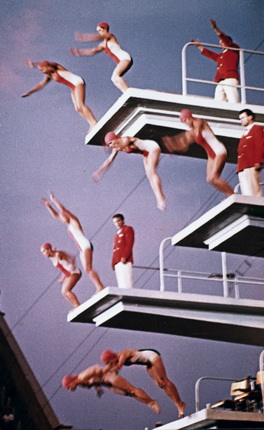

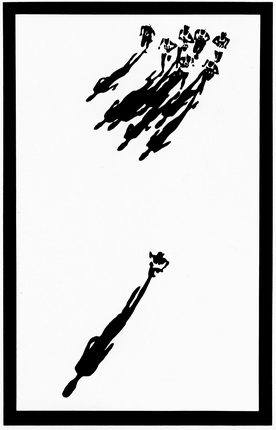
Lev Borodulin. Muslim Magomayev. Mid-1960s. Silver gelatin print. Author's collection
Lev Borodulin. Three generations. Jerusalem, 1976 Silver gelatin print. Author's collection
Lev Borodulin. Pyramid. Moscow, 1954. Silver gelatin print. Author's collection
Lev Borodulin. Olympic champion gymnast Albert Azaryan. 1955. Silver gelatin print. Author's collection
Lev Borodulin. Duel. 1960s. Silver gelatin print. Author's collection
Lev Borodulin. Course for young soldiers (You’re in the Army Now). 1975. Silver gelatin print. Moscow House of Photography Museum
Lev Borodulin. Water festival. Moscow, 1959. Colour print. Moscow House of Photography Museum
Lev Borodulin. Trainer Vikenty Dmitriev. Vitebsk, 1964. Silver gelatin print. Moscow House of Photography Museum
Lev Borodulin. Gaining distance… Moscow, 1959. Silver gelatin print. Moscow House of Photography Museum
Moscow, 17.01.2013—10.02.2013
exhibition is over
Share with friends
On the 90th anniversary of birthday
For the press
Lev Borodulin was born in Moscow, in 1923. In 1940 he entered the Art Department of the Moscow Institute of Polygraphy, but went to the front in 1941. He served for the whole war, and was wounded heavily twice. Was awarded medals for the Defence of Moscow and for Taking Berlin
After the War Borodulin finished his studies at the Institute of Polygraphy, and became seriously involved with photography. The post-war years were possibly the toughest in the country’s history and in the history of Soviet photography. One of the best photography movements in the world came under the heel of the authorities. The criticism on formalism in the 30s, the battle with cosmopolitanism and the official state anti-semitism of the 40s led to the modernist movement being erased from the history of Soviet art and many of the most prominent figures of Soviet photography were left unemployed, due, in part, to their ethnic origins.
The iron curtain divided the world, and the country found itself in political, economic and cultural isolation. The tradition of organising large photography exhibitions and international festivals was broken off. The best photography publications were closed down, including ‘USSR under Construction’. The photographers’ profession was suddenly deemed ‘unnecessary’, as was the system of photo-education. No more an art, photography became a tool for propoganda.
It was exactly at this time that Borodulin decided to dedicate his life to photography. His work was influenced by the classics of Soviet modernism: Alexander Rodchenko, Boris Ignatovich, Arkadiy Shaihet. He turned to soprts photography, the only sphere in which there were no ideological rules, and looked to resurrect formalist principles there, reinventing the tradition of the great photography of the 20s and 30s.
Sports photography also gave Borodulin the freedom to travel. In the fifteen years he spent working for the magazine Ogonyok, Lev Borodulin travelled round the whole world, shooting, shoulder to shoulder with Dmitriy Bartelmanz, Olympics and Word Championships, creating pictures which have become classics of international sports photography. In 1964 the English ‘Photography Year Book’ named Borodulin a «Star of World Photography», in 1967 the Japanese magazine Asahi made him photographer of the year, and in 1966 he received a gold medal in Munich.
In 1972, at the height of his fame, Borodulin left the USSR. He has worked for 40 years in Israel, and has become one of Israel’s most famous photographers.
By the 40’s Borodulin had also begun to collect soviet photography, purposing on photography about World War II. Today Lev Borodulin’s collection is a unique phenomenon. It shows both a history of Russia in photographs as well as a history of the development of Russian photography.

